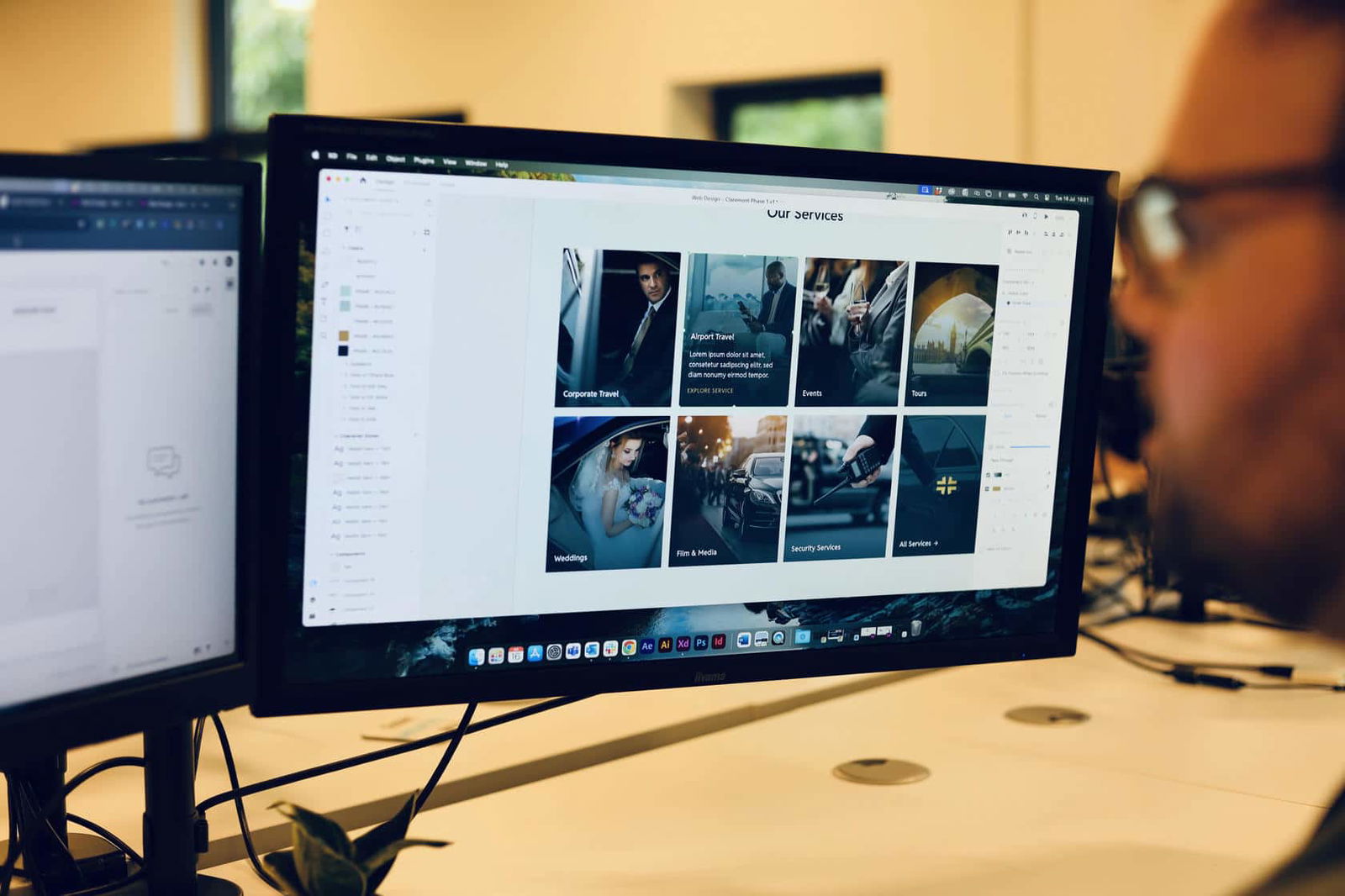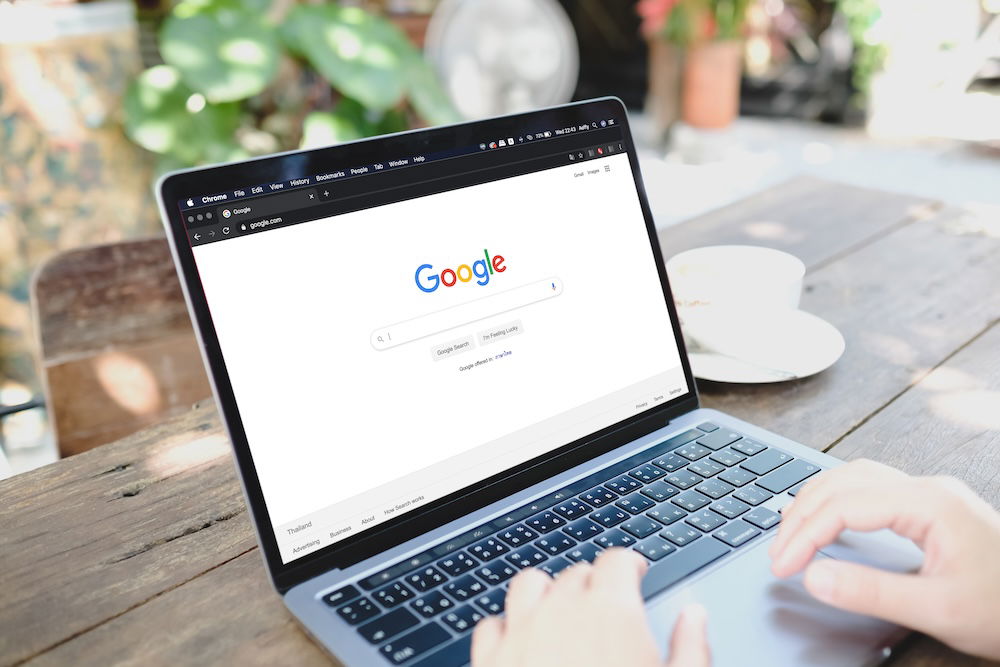Within the creative industry there are many ways you can improve your online status. Many businesses turn to digital strategies and SEO tags to improve their online visibility, growth, and ultimately their revenue.
With the ever-changing requirements set by search engines for maximum optimisation, staying up to date with relevant on-page SEO practices is becoming much more integrated with web design practices.
In the past, using SEO tags throughout your website had significant benefits to your rankings. However, on today’s internet, on-page SEO is a highly debated issue.
Regardless of the practices and principals of search engine requirements; SEO tags (e.g. headings, paragraph and image alt descriptions) still play an important role.
What Are the Benefits of SEO Tags?
Sufficient use of SEO tags provides content structure to your web page. This massively improves your websites user experience (UX) & SEO.
Search engines primarily obtain keywords from on-page content, such as heading tags, paragraph tags, image/alt descriptions and page titles. This helps them to gain and develop a web pages context.
Ensuring that your tagging structure is correct throughout your website can massively benefit your sites performance and usability. For instance, if you adopt a proper tagging structure for the H1 tags in the title of your web page, your click through rate for that specific page should rise accordingly.
One of the practices that is often overlooked is the naming of images and the use of image alt tags. Naming your images correctly to correspond with your keywords has a large impact on your SEO rankings and web traffic. For example, if your keyword is “Bike Shop” you would want to save this image using this exact keyword “Bike-Shop.jpg”.
Pro Tip: Remember to not include underscores in your image file names, always use a hyphen.
Naming your images correctly leads to easier readability; especially in blog posts as it keeps the reader engaged and on the page for longer. Naming your images correctly also leads to more discovery and allows you to show in Google image listings, which can result in more social sharing (Google loves social proof content).
Correctly naming your images ultimately leads to more traffic due to Google image searches. As well as increasing the opportunity for more keyword rankings.
What are Alt Tags and What Do They Do?
The other tagging practice you can implement with your images is alt descriptions.
An alt tag is an additional description attached to an image that remains imbedded within the code of the website. This helps Google to determine the context of the page in correlation with a users search term.
Alt tags benefit websites because search engines use them to generate results, these results will include the image but also the client’s business name and info, thus benefitting visibility.
Alt tagged content that is linked will be treated the same way by most search engines, they treat alt tagged content the same way as anchored text, they are all considered as relevant content.
How Can I Implement This Into My Own Website?
If you think that your website could benefit from SEO tags or need to boost your search engine rankings, get in touch with our expert team. We can consult or complete the tagging for you just give us a call on 01329565001 or drop us an email to hello@damteq.co.uk. Keep up to date with our latest web and marketing insights on our LinkedIn page.




